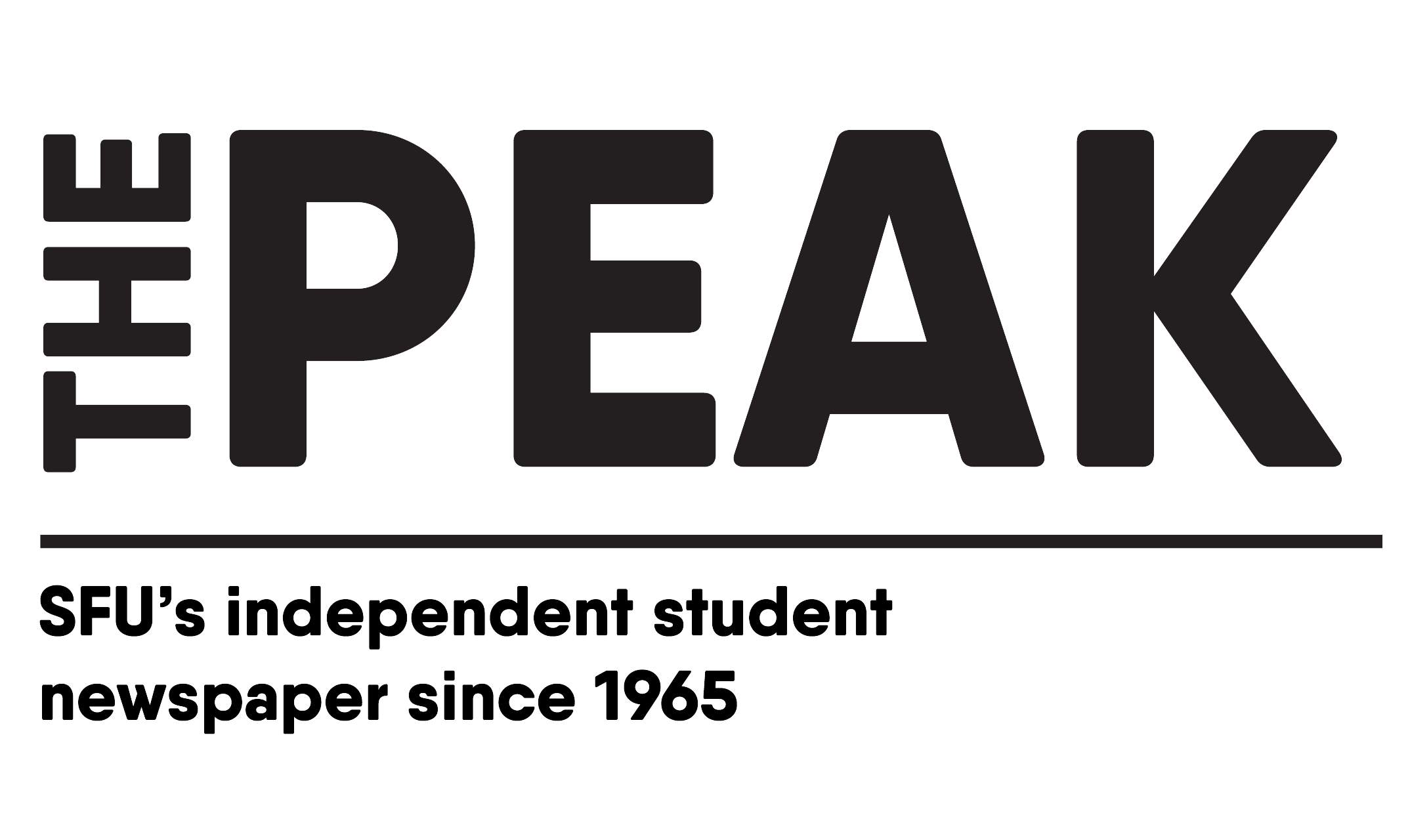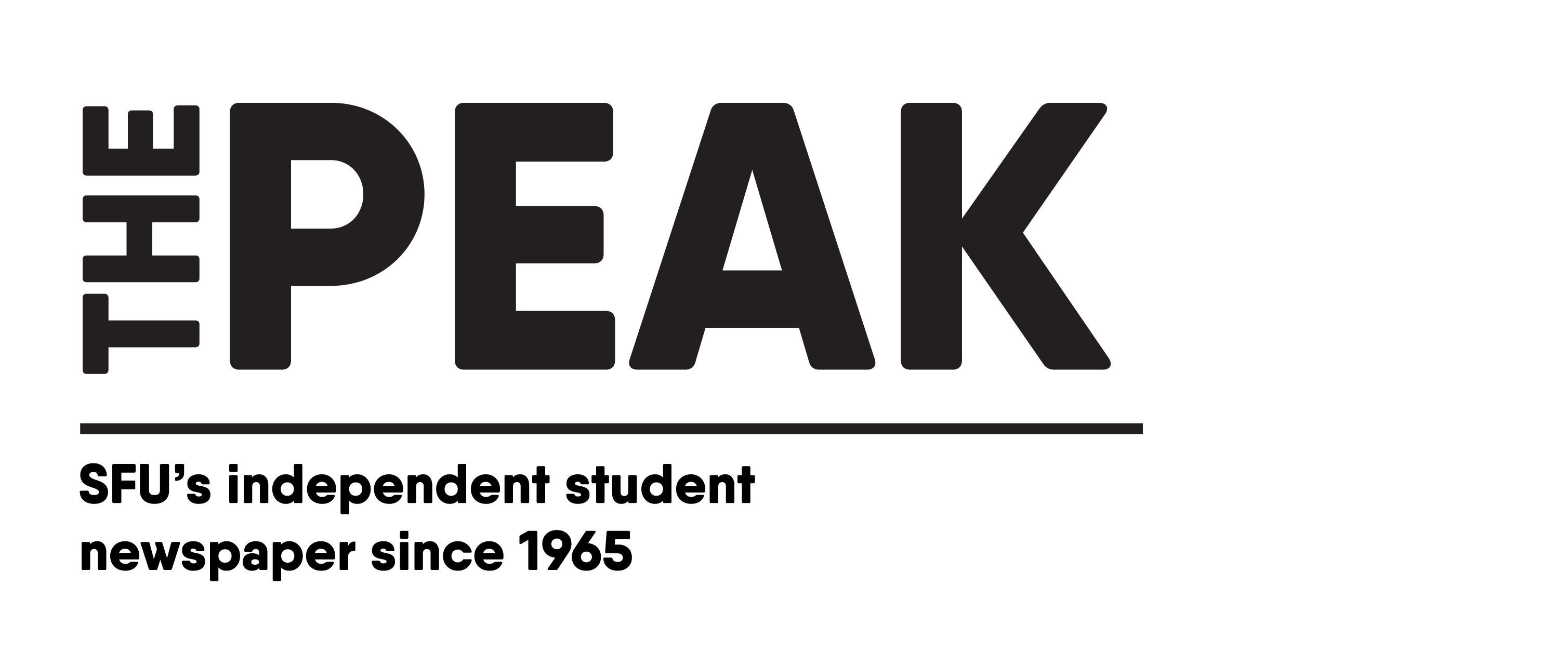Written by: Gene Cole
Professional wrestling shows up in a lot of media. Sometimes it’s presented as a small comical reference or as a hobby of sporty characters, but most people only see its surface-level elements. Netflix’s GLOW is one of the few shows that uses every aspect of wrestling, including its problematic history, to create an engaging and unique program.
GLOW is a dramedy based loosely on the first American all-women’s wrestling show by the same name, following several women who come to its audition. The show is being run by a pretentious arthouse director (Marc Maron) and a rich mama’s boy producer (Chris Lowell). It primarily follows Ruth (Alison Brie), a cliché struggling classical actress, but the show works to follow the full cast of 15 women brought together by this show.
The diversity of these characters is integral in how the large cast works — professional wrestling in real life can feature clashes between massively different character archetypes, from undead wizards like the Undertaker to Olympic gold medalists like Kurt Angle. GLOW may not have wizards, but their range of reality-grounded characters are all just as unique, including an older mother of a Stanford student, a med-school dropout, and a daughter and sister of male wrestling legends among others.
In addition to general life story, this diversity presents itself physically. GLOW’s biggest difference, in comparison with ‘80s wrestling, is the inclusion of women with several different body sizes and strengths, rather than conventionally attractive models. This builds on an important theme of positivity through fitness and athletics, but also leads to a lot of different fighting styles. This in turn makes the action easy to follow, and allows for characters to express their identities through combat.
GLOW’s attention to diversity also extends to race, one of the primary historical flaws of professional wrestling. In this era especially, non-white characters were often defined solely by their ethnicity, lacking character depth and being deemed a villain by default. This has always been a general issue in television, but wrestling’s catering to white American audiences has led to an excess of it.
The way GLOW’s characters face and interact with these norms is highly individualized. Some characters like Arthie (Sunita Mani) experience anxiety from the stereotypes they’re pressured into, while characters like Tammé (Kia Stevens) disregard the offensiveness by considering it a normal part of culture. The complexities and depth of normative discrimination are the core of the show’s drama, vividly capturing the characters’ discomfort while the stressors remain omnipresent.
This all adds to a show that is striking and uncommon to watch, expressing the beauty and energy of wrestling while acknowledging its problematic nature. I can’t guarantee that someone coming out of GLOW will be inspired to dig into professional wrestling as a new hobby, but it covers a very unique subject in a fantastic way and is absolutely worth delving into.




